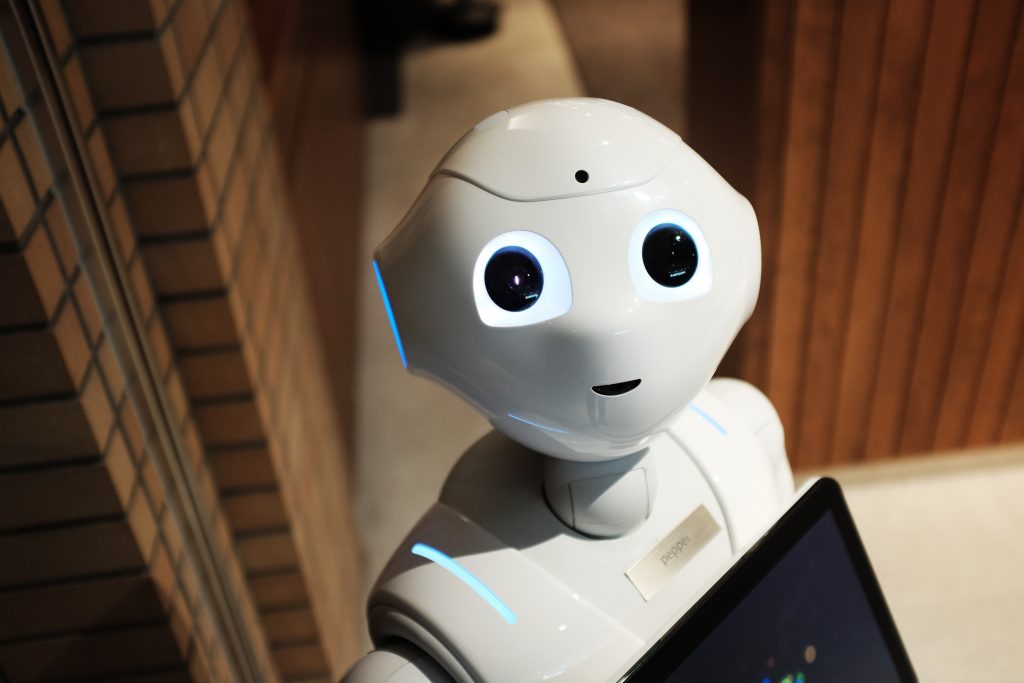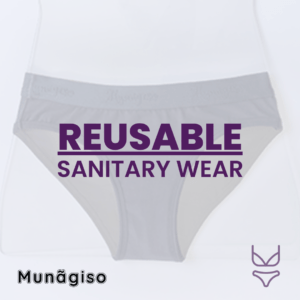Some may say, that a lot of typical blue- and white-collar jobs have been replaced by machines. Automation has many fantastic uses and will increase supply chain productivity and the fashion industries sustainable performance.
“From manufacturing to design, to business analysis, all jobs in the fashion industry will change as some tasks are automated through the use of robotics and artificial intelligence,”
said Carys Roberts, Senior Economist at the Institute for Public Policy Research.
According to a 2017 January report by McKinsey Global Institute, a majority of tasks are likely to be automated by 2055. This can be from physical activities to data collection. The biggest industry that will most likely be affected is manufacturing and retail. Fashion is well and truly predicted to be reshaped by automation. You could say, it is already happening. In today’s world, robots play a massive part to the operation of most distribution centres, making the pick and ship process more efficient, as a result, there are less human employees. In addition, jobs such as trend-forecasting are now being reshaped by certain AI software, gone are the days one would travel around different countries to gather information regarding new and upcoming fashion products- we now have an automated system which can do this for us and faster.

The Impact of CAD and Automated Sewing Machines:
Whilst one end of the spectrum we feel that creative jobs are safer, CAD has already changed this idea. The software itself has changed the way human designers create garments and in the future AI will take more control of this- check out our article ‘How AI is reshaping the fashion industry’ for more detail. The production can also be automated- although one of pieces hold higher value, the introduction to ‘sewbots’ (or automated sewing machines) will potentially reduce the need for human garment workers, which essentially will affect the supply chains and societies within production in centres overseas such as India and China. Automated sewing machines will eliminate millions of jobs but also deliver a better quality of production than humans and it will most-likely be more efficient, this is golden news for fast fashion companies such as Pretty Little Thing and Boohoo.
Automation can also change the structure of most fashion businesses as they may adapt to a vertical model by investing into more automated equipment. Unlike the traditional approach, an automated system is more instant and unlikely to face any risks or design errors. In addition, automated systems will also be able to produce clothing that is in demand in almost an instant, eliminating the ‘trial and error’ process of trend prediction and waste.

Automation in Retail:
Not only does automation play a part within the industrial side of things, it will most-likely also play a role within retail. This could happen with replacing human sales advisors with intelligent shopping bots which cater to personal taste and can scout the web for the best deals/ price. The service ‘Click and Collect’ which most will be familiar with (mostly shown in most high-street brands such as Topshop) has already taken its toll- in theory, the idea of click and collect as made retail stores almost like distribution centres, replacing packages of clothes ordered online instead of racks on clothes on a rail within stores. With all this in mind, automation is predicted to play a part in the marketing aspect too as well as image direction and copywriting – everything will be complete by certain intelligent software.
Where else does Automation Play a Role?
If you think about it a little deeper, automation has already been around for many years. Remember the days where you would physically sign for a parcel with a pen and paper? Now, we have online tracking systems to notify when our parcel is with a courier, on its way and delivered to your doorstep. No signing required- and if there is, it is usually complete on a technical advice.
You’ll also find a rise of self-service machines, particularly in supermarket stores like Tescos and Asda. Long gone are the days where we que up and wait for one human to scan our products, we can now do it ourselves.

Automation can never Compare…
Whilst automation had many pros and cons, it quite simply will never replace the human touch- so fear not, humans are still in the drivers seat. It is vital for humans to be a part of any process to add emotional layer, depth and opinion to every step within the fashion industry and supporting industries. Tasks that involve team work will still play a big role for humans, and no machine can make this happen!



